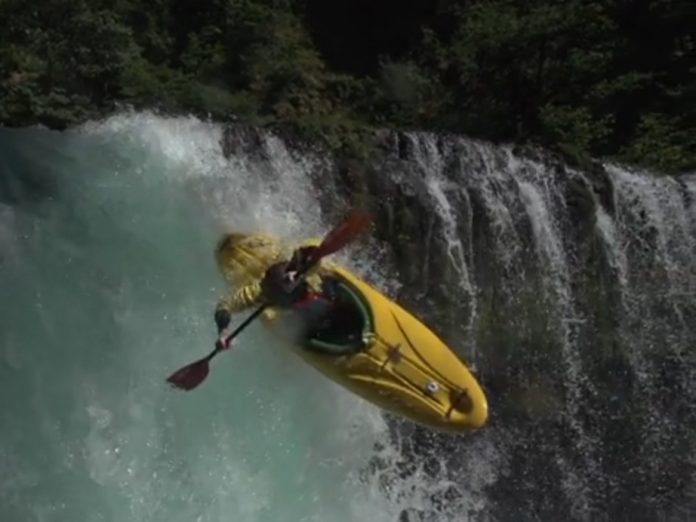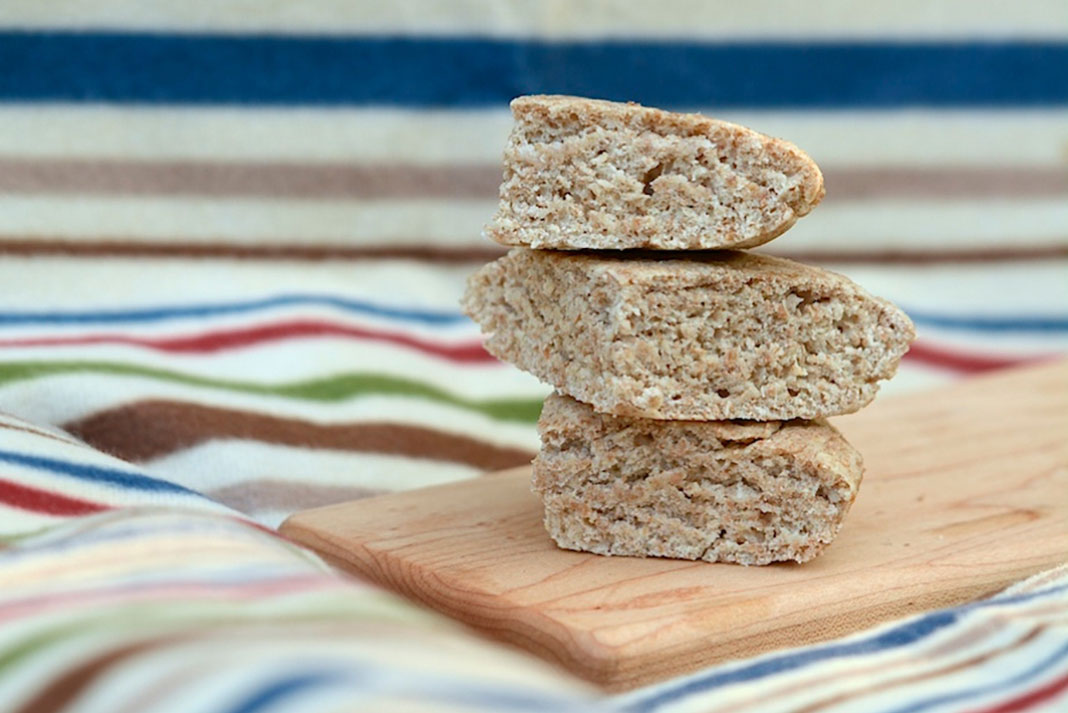The following is a press release from Paddle Florida:
“Paddle Florida has launched a new season this October 24-29 with their seventh annual trip on the Suwannee River Wilderness Trail. Celebrate Florida’s version of autumn on its most famous river and two of its beautiful spring-fed tributaries—the Santa Fe and Ichetucknee. Paddlers will begin at Ichetucknee Springs State Park and paddle to the town of Branford over five days. The registration deadline is October 10. Paddlers may choose the full 65-mile adventure or test the waters with the Paddle Florida Lite option for fewer days.
Paddle Florida staff takes care of everything but the actual paddling on their trips, which are scouted in advance to ensure waterway conditions and shoreline camping spots maximize comfort and showcase nature’s best view. Meal plans and gear shuttling eliminate the need to weigh boats down with food and camping equipment. Lead and sweep boats provide an added measure of safety. With this level of support, paddlers of all ages and skill levels can enjoy an extended adventure in natural North Florida.
Each evening, paddlers gather for open-air dining, entertainment from Florida artists or musicians, and educational presentations that explore the region’s water ecology and wildlife. The Suwannee trip will feature speakers from the Ichetucknee Alliance and the Suwannee River Water Management District.
Trip fees cover a paddling, camping, and learning adventure. The Suwannee trip fee is $275 for adults, $250 for seniors (65+) and college students, $225 for youth aged 8-17, and children under 7 are free. The meal plan is an additional $150 per person and provides three hearty meals per day. Paddle Florida Lite is $100 per person per day for four or fewer days. The pre-trip shuttle costs $25 per boat and $25 per person. Fees for all trips include camping, a t-shirt, a boat decal, maps, evening entertainment, water descriptions, full vehicle support for all gear, and meals (if meal plan is purchased). For more details on the daily itinerary and registration, visit: http://www.paddleflorida.org/ .
Paddle Florida has partnered with Suwannee Canoe Outpost to provide Suwannee River paddlers with all their boating needs.
Paddle Florida leads three- to seven-day trips across the state to promote Florida as an international destination for nature-based tourism and generate awareness to help protect Florida’s waterways. Awarded non-profit status in 2011, the group promotes water conservation, wildlife preservation, springs restoration, and waterways protection. True to this mission, Paddle Florida coordinates voluntary cleanups on each waterway they visit. Previous years’ volunteers have collected and removed over 1,600 pounds of trash from Florida’s waterways. Volunteers will again participate in the great Suwannee River Cleanup this October.”
Paddle Florida’s 2014-2015 schedule also features these trips:
Wekiva/St. Johns River Ramble – December 5-8, 2014
This 30-mile paddle down the spring-fed upper Wekiva River to the St. Johns is a manatee and bird lovers’ paradise. Accommodations for this trip include two nights in state park cabins. Registration ends November 21.
Florida Keys Challenge – January 15-22, 2015
Enjoy a true island paradise, paddling beside sea turtles and railroad visionary Henry Flagler’s ‘Eighth Wonder of the World’ in the azure blue waters of the Florida Keys. The trip covers 70 miles beside white sand beaches, from Long Key State Park to Key West. Registration ends January 2.
Wild, Wonderful Withlacoochee– February 15-20, 2015
Beginning at Lake Panasoffkee’s Marsh Bend Outlet Park, paddlers will thread their way through hardwood swamps and clear, spring-fed streams on a 60-mile journey to the Gulf of Mexico. The trip includes a side excursion to the aptly named Rainbow River and springs. Registration ends February 2.
Dam to the Bay on the Ochlockonee– March 14-20, 2015
From wild Tupelo honey to fresh Gulf oysters, experience the Panhandle’s Ochlockonee River which winds through state and national forest lands on 76 miles of Florida’s most remote wilderness river trail. Registration ends February 28.
Suwannee River Paddling Festival– April 3-5, 2015
The third annual Suwannee River Paddling Festival will take place at the Suwannee River State Park near Live Oak. The festival will feature supported 12-20 mile trip options on the scenic Suwannee and Withlacoochee Rivers, a benefit concert featuring some of Paddle Florida’s favorite entertainers to support waterways protection, and an opportunity to hear from regional water and wildlife experts. Registration ends March 20.
For more information on Paddle Florida, or for trip details and registration information, visit paddleflorida.org and follow Paddle Florida’s updates on Facebook.



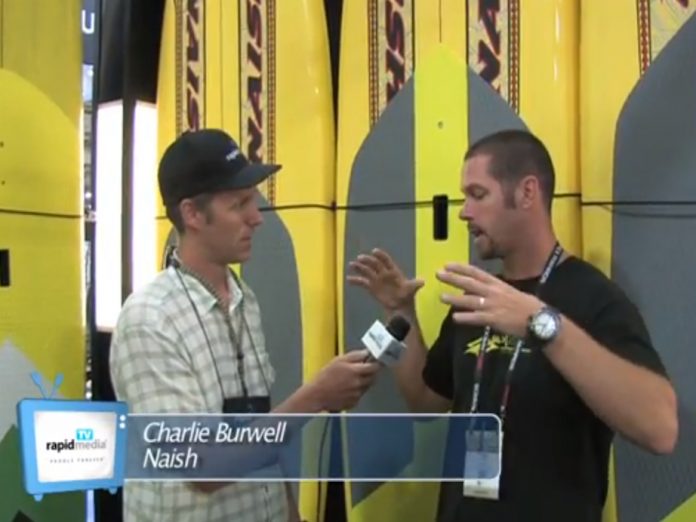

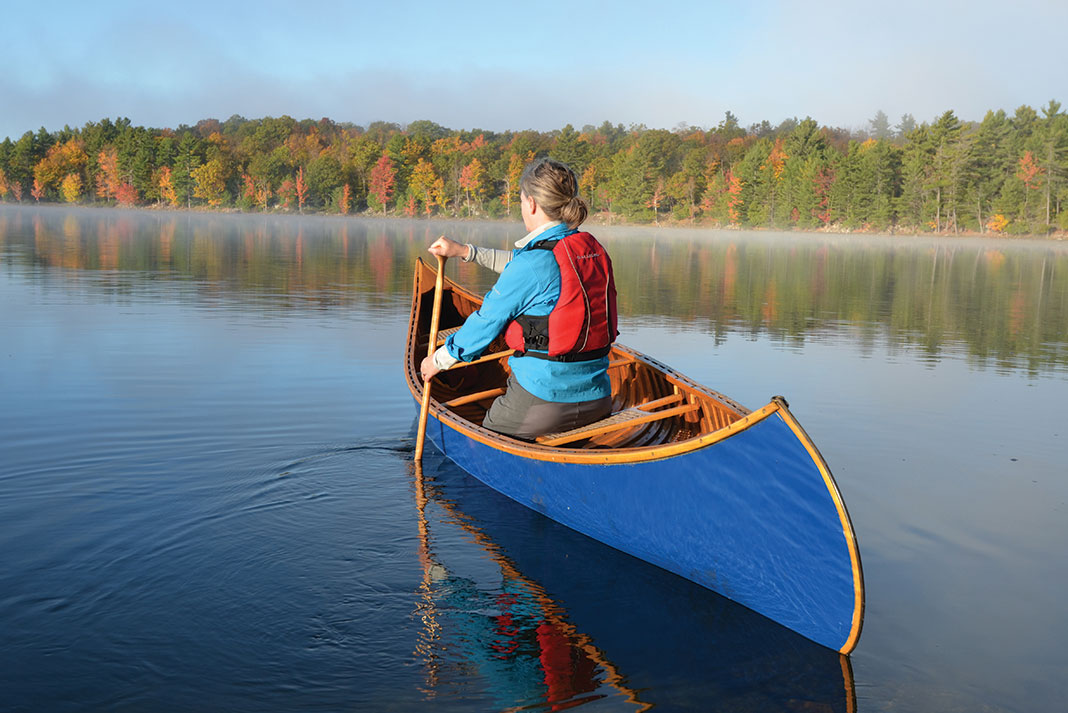

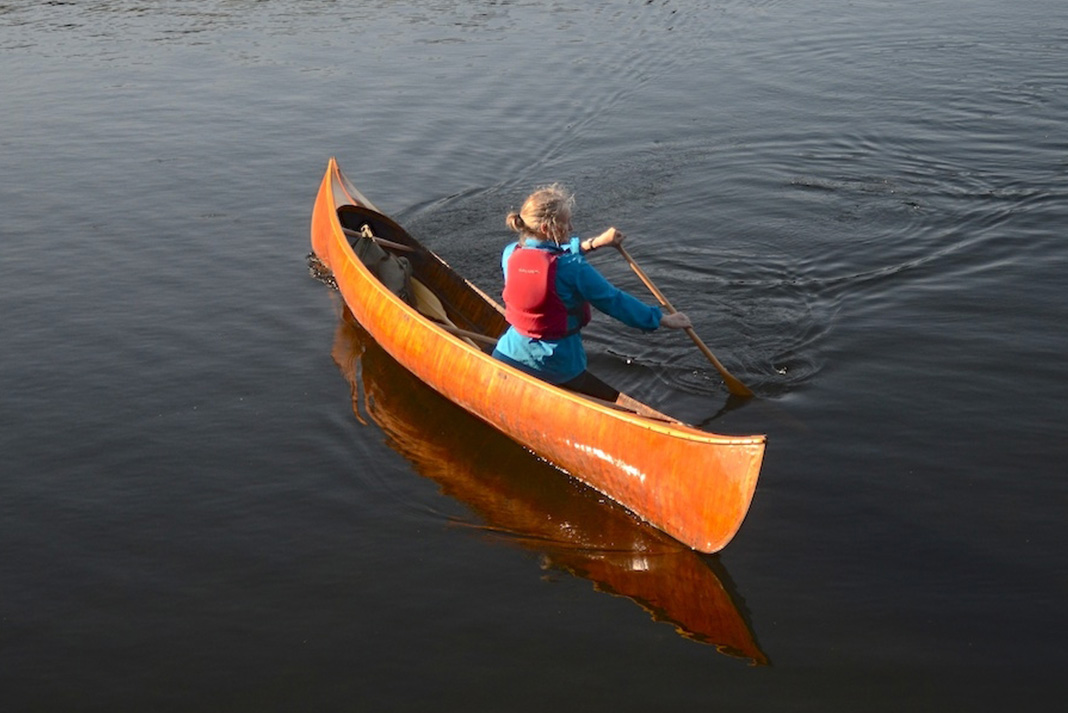
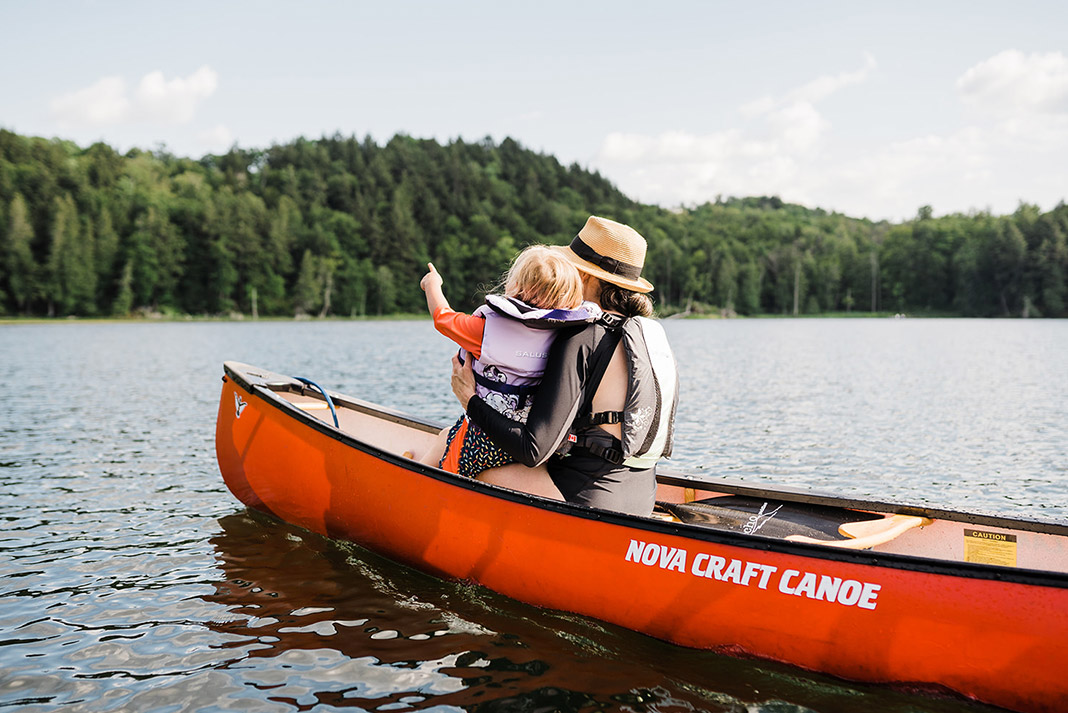
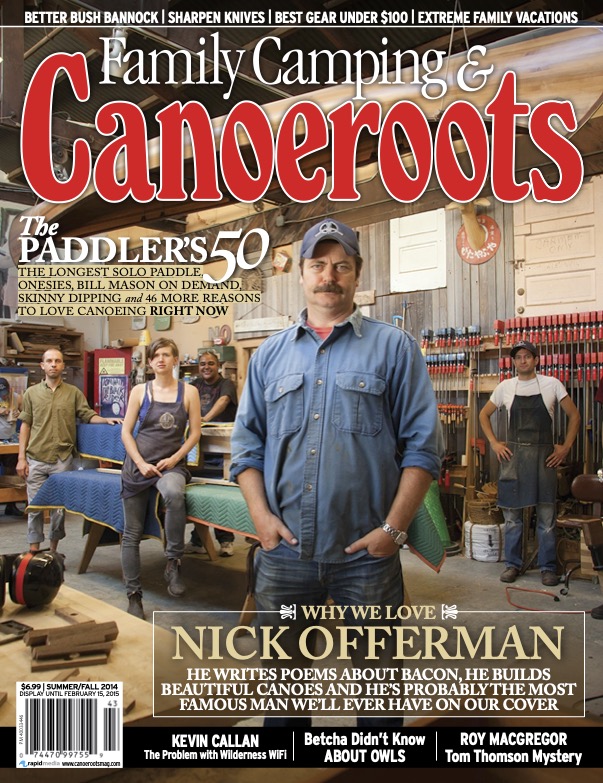 This article was first published in the Summer/Fall 2014 issue of Canoeroots Magazine.
This article was first published in the Summer/Fall 2014 issue of Canoeroots Magazine. 
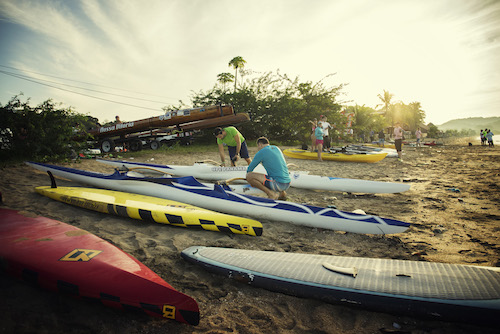
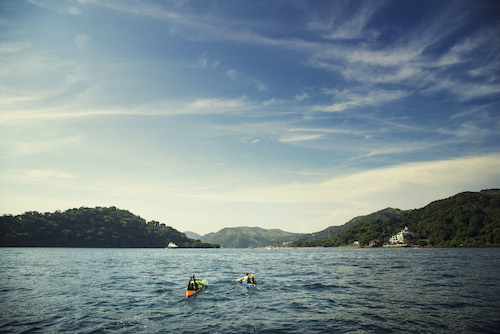


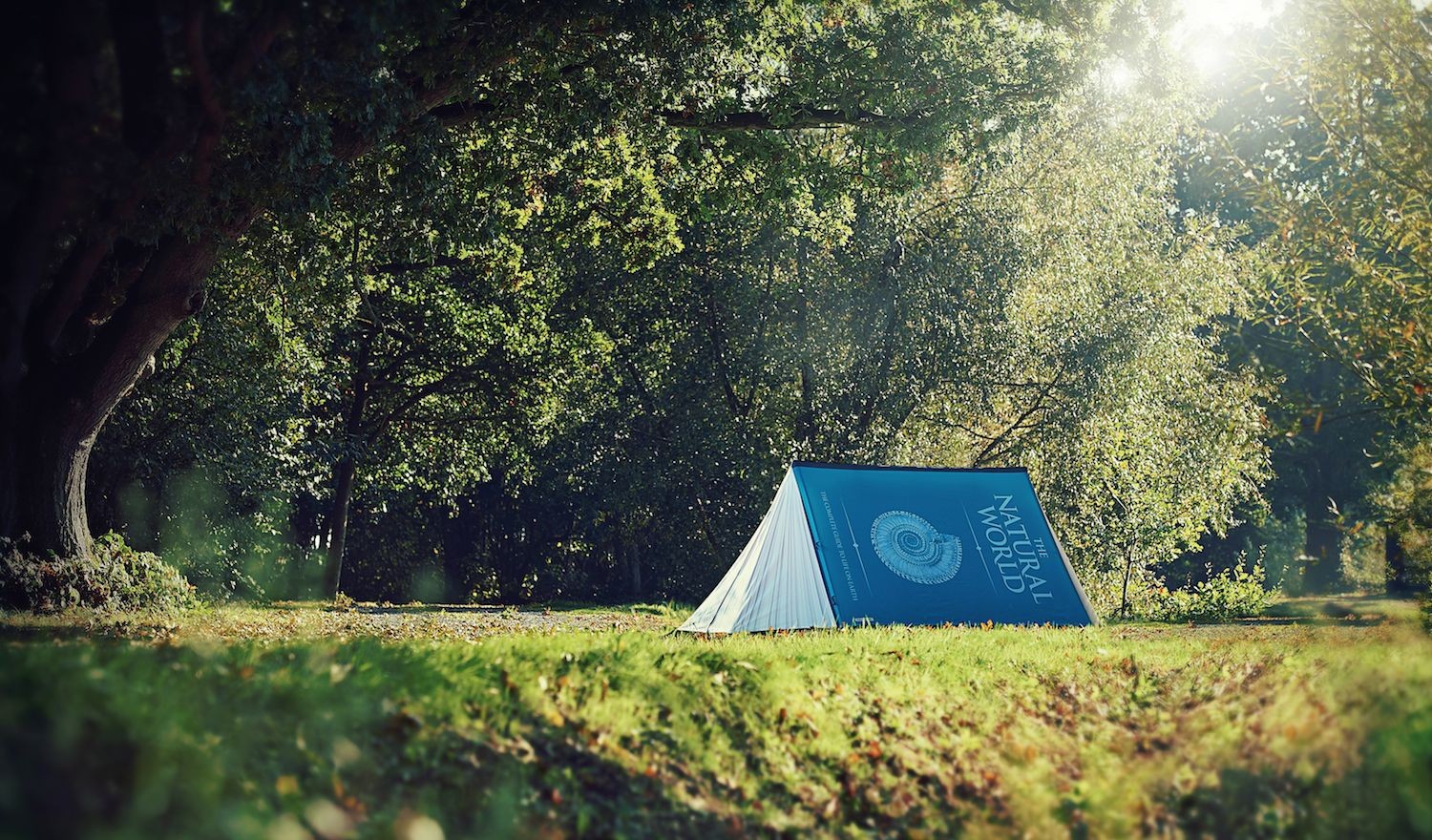
 Discover 49 more of the coolest people, gear and innovations in canoeing this year in the digital edition of Canoeroots and Family Camping, Summer/Fall 2014, on our free
Discover 49 more of the coolest people, gear and innovations in canoeing this year in the digital edition of Canoeroots and Family Camping, Summer/Fall 2014, on our free 